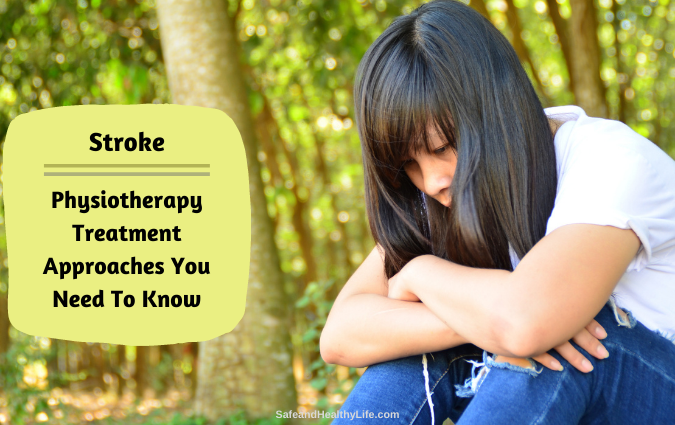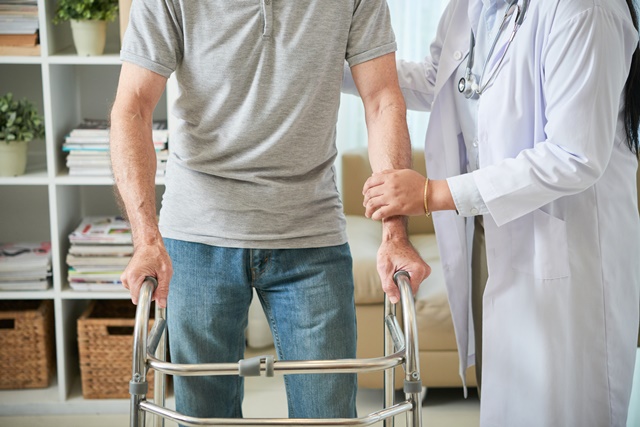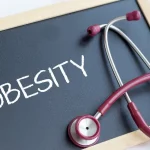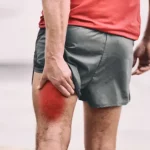
Stroke is the largest cause of long-term impairment and nearly always results in some loss of mobility and movement because it disrupts crucial connections between your brain and your muscles.
This loss, however, may not be irreversible. Rehab is especially important in the first phases of recovery when the patient has little or no control over the damaged muscles. Your long-term rehabilitation depends on a continuous physical therapy schedule, no matter where you are in your recovery process.
Stroke survivors need to understand why physiotherapy Dubai services are so beneficial in their recovery and what to look for when selecting a facility and seeking treatments.
Symptoms
You or a loved one may be suffering from stroke symptoms, so keep an eye on when they started. Some treatment options are most effective when administered as soon as possible after the onset of a stroke.
Symptoms of a stroke include the following:
- Having difficulty expressing oneself and an inability to comprehend
- Face, arm, or leg paralysis or numbness
- Vision blurring or the inability to see through one or both eyes
- Headache
- Issues in moving
Causes
Ischemic stroke is caused by a blocked artery, and hemorrhagic stroke is caused by the leakage or rupture of a blood vessel (hemorrhagic stroke). A transient ischemic attack (TIA) is a brief interruption of blood flow to the brain that does not produce long-term symptoms in some people.
Diagnosis
In the hospital, your emergency team will try to determine the type of stroke you’re having. Once they do, things will move quickly. A CT scan or other imaging test will take place as soon as you arrive at the hospital. Besides a brain tumor or a medication response, doctors must also rule out other probable reasons for your symptoms.
Treatment
Whether or not you have an ischemic or hemorrhagic stroke necessitates immediate medical attention (hemorrhagic).
Ischemic Strokes
Doctors must swiftly restore blood flow to the brain to treat an ischemic stroke. With the help of:
Medication is administered intravenously in the event of an emergency. If given intravenously, a clot-busting drug must be administered within 4.5 hours of the onset of symptoms.
As soon as possible, these drugs should be given to patients. As a result of timely treatment, you have a better chance of survival as well as fewer problems.
Endovascular operations in the event of a medical emergency are performed in this setting. Doctors may treat ischemic strokes by inserting a catheter into the blocked artery.
It has been found that endovascular therapy significantly improves outcomes and reduces long-term disability following ischemic strokes. The sooner these procedures are completed, the better:
As a result, medication can be administered directly to the brain. To deliver TPA directly to the site of a stroke, doctors thread a thin, long tube (catheter) through an artery in the Groyne. This treatment has a slightly longer window of opportunity than injected TPA, but it is still constrained.
Using a stent retriever to remove the clot. Doctors can remove the clot from the blocked blood vessel in the brain by attaching a gadget to a catheter.
People with big clots that aren’t dissolvable with TPA may benefit the most from this therapy. TPA injections are frequently used in conjunction with this operation.
Stroke Haemorrhage
Controlling the bleeding and relieving the pressure on the brain caused by the excess fluid are the main goals of emergency treatment for hemorrhagic stroke. The following are possible treatment options:
Take immediate action. In the case that you are prescribed blood-thinning medications to avoid blood clots, you may be given other medications or blood transfusions to counteract these effects.
Your blood pressure and/or other vital signs may also be monitored and/or treated with medications to keep them from becoming uncontrollably high.
Surgical procedures are employed. Your doctor may recommend surgery to alleviate the pressure on the brain caused by a significant region of bleeding. Hemorrhagic strokes can be treated surgically to heal blood vessel damage.
If you’ve had a hemorrhagic stroke as a result of an aneurysm, arteriovenous malformation (AVM), or another blood vessel issue, your doctor may suggest one of these operations.
Stroke Rehabilitation

Photo Credit: FreePik
Movement and feeling on the left side of your body may be affected if the stroke was on the right side of your brain. A stroke that damages brain tissue on the left side of the brain may impair your right-side movement and sensation. Speech and language problems can be caused by injury to the left side of the brain.
Most stroke victims are referred to a rehabilitation center for treatment and are advised to use physiotherapy services. Depending on your age, general health, and degree of stroke impairment, your doctor will propose the most intensive rehabilitation procedures for you.
If you have family members or other carers, your doctor will take into account your lifestyle, interests, and preferences as well as their availability.
Before you leave the hospital, you may begin rehabilitation. There are a variety of options for continuing your rehabilitation after discharge, including rehabilitation in the same hospital, another rehabilitation facility, or at your own residence with home care services by experts.
Each person’s recovery from a stroke is unique. Your treatment team may comprise the following:
- Neurologists
- Physiatrist
- Nursing care in a rehabilitation facility
- Dietitian
- Physical therapist
- Occupational therapist
- Therapeutic recreation specialist
- Speech therapist
- Case manager or social worker
- Psychiatrist or psychologist
Physiotherapy for Stroke Victims
It is essential to your rehabilitation from a stroke that you receive physiotherapy. A blocked or damaged artery in the brain reduces blood flow to the brain, resulting in a stroke, also known as a cerebrovascular accident. Function, health, and independence can all be improved with early physiotherapy services.
Goals of Physiotherapy Treatment
There are numerous stages of treatment after a stroke. Time is of importance at the beginning of the presentation. Rehabilitation and functional daily living support follow surgical, medical, and acute care modalities.
Physiotherapy’s goals include, but are not limited to:
- Care for the critically ill
- Avoidance of recurrence, preparation, and monitoring
- Assistive care
- Identifying rehabilitation objectives
- Control your lack of motor skills
- Preventing and addressing complications
- Including in the community
Early Physiotherapy Treatment Patients Recover Essential Skills

Photo Credit: Pexels
Physiotherapists begin stroke therapy within 24 hours, focusing on getting patients out of bed, up, and walking as much as possible. Practicing the same tasks over and over again helps patients regain mobility and relearn routine tasks. Home nursing can be an option for stroke survivors who are in need of support for their day-to-day activities.
Assistive equipment is used by physiotherapists to aid in stroke rehabilitation. Treadmill training enhances walking speed and endurance, while robot-assisted gadgets help people walk on their own without assistance.
While virtual reality training can complement routine treatment, it should not take the place of more traditional forms of therapy.
Approaches to Stroke Physiotherapy Treatment
Physical therapy is the primary form of treatment for the majority of stroke victims. Therapy aims to teach stroke patients how to do simple motor tasks like walking, sitting, standing, and lying down, as well as how to transition from one activity to the next.
Occupational therapy is another sort of treatment that can help individuals regain their ability to do everyday tasks. Exercise and training are also a part of this form of therapy.
Stroke rehabilitation aims to assist stroke victims to regain the ability to do routine tasks such as eating and drinking as well as dressing and taking a bath. Occupational therapists work to assist patients to become more self-sufficient.
The goal of speech therapy is to help people who have had strokes regain their ability to speak and communicate verbally. To benefit from speech therapy, a patient must not have any impairments in cognition or reasoning but must have difficulty comprehending and producing speech.
With time and perseverance, stroke survivors may be able to restore some, or perhaps all, of their language and speaking abilities.
Thus, physiotherapy for stroke can help the survivors lead a normal life, and getting help from the right physiotherapy provider is vital to providing expert and professional home health care services.
Living life independently is what everyone aims for, and for stroke patients, it becomes difficult post-stroke. So, proper physiotherapy interventions can help them recover quickly.
About The Author:
Ryan Yash is a lifestyle content contributor, medical blog enthusiast, and tech-savvy writer based in the United Arab Emirates. He admires to pen on Home Health Care Services and the advanced medical treatments that make wonders in the perilous treatments. He supports others to win a wholesome approach to life balance through practical studies.




